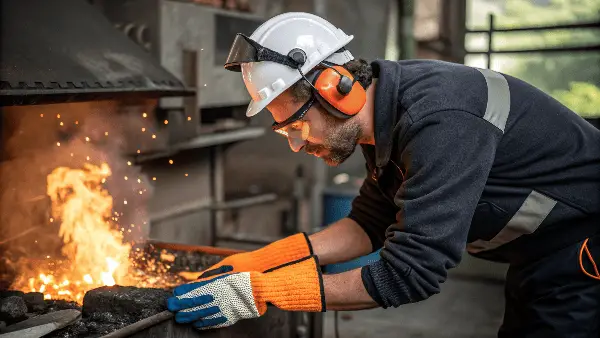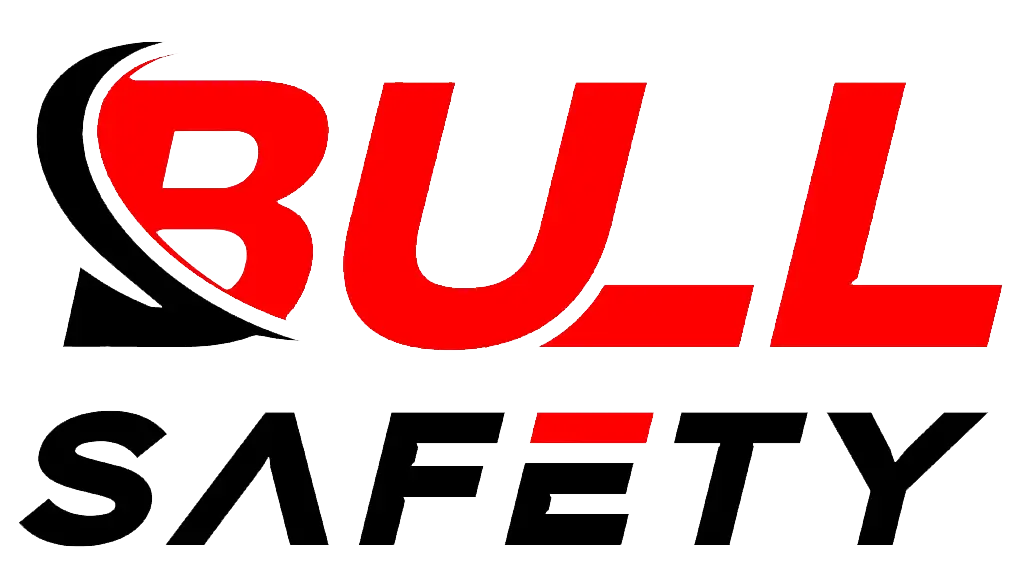
Understanding EN 407:2020 – The European Standard for Heat-Resistant Gloves
As a manufacturer of protective gloves, I know how important it is to meet the EN 407:20201 standard. This European safety regulation assesses the thermal protection2 of gloves, ensuring they provide reliable defense against heat-related hazards3.
I make sure my gloves are tested against this standard so that workers handling flames, hot surfaces, or molten metals stay protected. EN 407:2020 includes six specific tests to measure how well gloves perform in high-heat environments.
What Is the EN 407 Standard?
EN 407:2020 is a European standard that defines the level of protection gloves provide against heat and flames. I ensure that my gloves are tested using this standard to guarantee safety for professionals in industries like welding, foundries, and metalworking. The standard includes six different tests, each evaluating how well a glove resists different types of thermal hazards.
Breakdown of the EN 407 Test Categories:
- Contact Heat Resistance4 – I make sure my gloves protect against direct contact with hot objects.
- Flame Resistance5 – My gloves are tested to see how well they withstand flames.
- Convective Heat Resistance – I evaluate how my gloves perform against heat from hot air or gas.
- Radiant Heat Resistance – My gloves are designed to resist infrared radiation heat.
- Molten Metal Splash Resistance – I test gloves for protection against molten metal splashes.
- Water Penetration Resistance – My gloves are checked to ensure they repel water.
What Are the EN 407:2020 Pictograms?
EN 407:2020 introduces two pictograms that I include on my certified gloves:
- Flame-Resistant Gloves Pictogram6 – This symbol shows a glove with a flame, meaning it has passed the flame spread test and offers fire resistance.
- Non-Flame-Resistant Gloves Pictogram7 – This symbol shows a glove without a flame, meaning the glove does not resist flames but still meets other heat protection requirements.
Understanding these icons helps my customers choose the right gloves for their needs.
What Is the EN 407 Contact Heat Test8?
The contact heat test measures how well my gloves protect against direct contact with hot surfaces. In this test, I ensure my gloves withstand temperatures ranging from 100°C to 500°C, determining their protection level based on how long heat takes to transfer through them.
Contact Heat Resistance Test Levels
| Level | Temperature Range | Time of Exposure | Protection Level |
|---|---|---|---|
| Level 1 | 100°C to 150°C | 15 seconds | Low protection |
| Level 2 | 150°C to 200°C | 15 seconds | Moderate protection |
| Level 3 | 200°C to 250°C | 15 seconds | High protection |
| Level 4 | 250°C to 500°C | 15 seconds | Very high protection |
I recommend gloves with higher levels for workers in welding and metalworking industries.
What Is the EN 407 Flame Resistance Test?
The flame resistance test evaluates how well my gloves resist burning when exposed to an open flame. I make sure my gloves meet the required performance levels by exposing them to flames for 15 seconds and measuring how long they continue to burn afterward.
Flame Resistance Test Levels
| Level | Flame Exposure | Burning Time After Exposure | Protection Level |
|---|---|---|---|
| Level 1 | 15 seconds | Burns for up to 15 seconds | Low protection |
| Level 2 | 15 seconds | Burns for up to 5 seconds | Moderate protection |
| Level 3 | 15 seconds | Burns for up to 2 seconds | High protection |
| Level 4 | 15 seconds | Burns for less than 2 seconds | Very high protection |
I recommend high-level flame-resistant gloves for industries like welding and firefighting.
What Is the EN 407 Convective Heat Resistance Test9?
The convective heat resistance test assesses how well my gloves protect against heat transferred through air or gas. This test is essential for industries where workers are exposed to high temperatures without direct contact with hot surfaces.
Convective Heat Resistance Test Levels
| Level | Convective Heat Resistance (Protection Time) |
|---|---|
| 1 | ≥ 4 seconds |
| 2 | ≥ 7 seconds |
| 3 | ≥ 10 seconds |
| 4 | ≥ 18 seconds |
Conclusion
I make sure my gloves comply with EN 407:2020 to guarantee high levels of protection against heat and fire hazards. By understanding these test categories, my customers can confidently choose gloves that meet their specific work environment needs.
For more information on EN 407-certified gloves, contact me at admin@mail-bullsafety.com or visit my website at www.bullsafety.com.
Footnotes
-
EN 407:2020 Standard – Learn more about how EN 407 ensures glove safety. ↩
-
Thermal Protection – Why gloves must provide adequate defense against heat. ↩
-
Heat-Related Hazards – Understanding the risks of working in high-temperature environments. ↩
-
Contact Heat Resistance – Details on testing gloves against direct heat exposure. ↩
-
Flame Resistance – How gloves are tested to withstand flames. ↩
-
Flame-Resistant Gloves Pictogram – Explanation of the fire resistance certification symbol. ↩
-
Non-Flame-Resistant Gloves Pictogram – What the non-flame resistance symbol means. ↩
-
Contact Heat Test – Overview of how gloves are tested for direct heat exposure. ↩
-
Convective Heat Resistance – Why this test matters for workers in extreme heat environments. ↩



